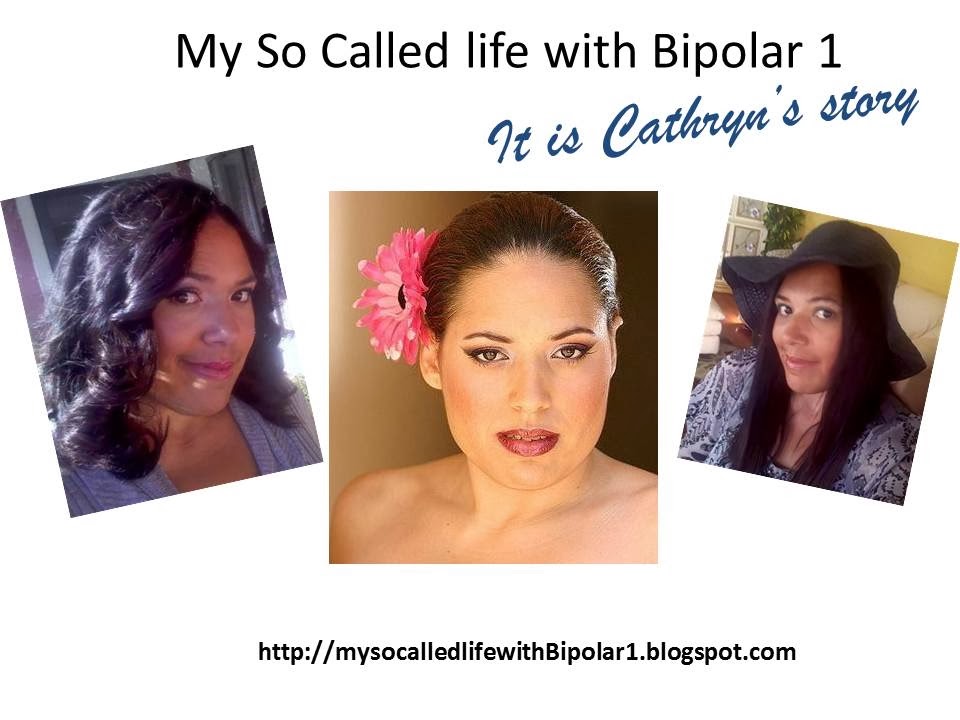What Is Bipolar I Disorder?
WebMD
Bipolar I disorder (pronounced "bipolar one" and also known as manic-depressive disorder or manic depression) is a form of mental illness. A person affected by bipolar I disorder has had at least one manic episode in his or her life. A manic episode is a period of abnormally elevated mood, accompanied by abnormal behavior that disrupts life.
Most people with bipolar I disorder also suffer from episodes of depression. Often, there is a pattern of cycling between mania and depression. This is where the term "manic depression" comes from. In between episodes of mania and depression, many people with bipolar I disorder can live normal lives.
Who Is at Risk for Bipolar I Disorder?
Virtually anyone can develop bipolar I disorder. About 2.5% of the U.S. population suffers from bipolar disorder -- almost 6 million people.
Most people are in their teens or early 20s when symptoms of bipolar disorder first appear. Nearly everyone with bipolar I disorder develops it before age 50. People with an immediate family member who has bipolar are at higher risk.
What Are the Symptoms of Bipolar I Disorder?
During a manic episode in someone with bipolar disorder, elevated mood can manifest itself as either euphoria (feeling "high") or as irritability.
Abnormal behavior during manic episodes includes:
- Flying suddenly from one idea to the next
- Rapid, "pressured," and loud speech
- Increased energy, with hyperactivity and a decreased need for sleep
- Inflated self-image
- Excessive spending
- Hypersexuality
- Substance abuse
People in manic episodes may spend money far beyond their means, have sex with people they wouldn't otherwise, or pursue grandiose, unrealistic plans. In severe manic episodes, a person loses touch with reality. They may become delusional and behave bizarrely.
Untreated, an episode of mania can last anywhere from a few days to several months. Most commonly, symptoms continue for a few weeks to a few months. Depression may follow shortly after, or not appear for weeks or months.
Many people with bipolar I disorder experience long periods without symptoms in between episodes. A minority has rapid-cycling symptoms of mania and depression, in which they may have distinct periods of mania or depression four or more times within a year. People can also have mixed episodes, in which manic and depressive symptoms occur simultaneously, or may alternate from one pole to the other within the same day.
Depressive episodes in bipolar disorder are similar to "regular" clinical depression, with depressed mood, loss of pleasure, low energy and activity, feelings of guilt or worthlessness, and thoughts of suicide. Depressive symptoms of bipolar disorder can last weeks or months, but rarely longer than one year.
What Are the Treatments for Bipolar I Disorder?
Manic episodes in bipolar I disorder require treatment with drugs, such as mood stabilizers and antipsychotics, and sometimes sedative-hypnotics (e.g., benzodiazepines such as Ativan or Klonopin).

No comments:
Post a Comment